Electric skateboards are becoming more and more popular, they are fast, fun, and a sport product for all ages. Because of their speed, they can also be risky, so safety is a top priority. Even if you follow all riding safety advice, a crash can still be devastating. To properly protect yourself, you should wear a helmet. If you don't have a helmet for electric skateboards yet, how do you choose one? Depending on how fast your electric skateboard is going, you'll need a certain type of helmet for optimal protection. We will provide advice for each helmet type. There are also some buying considerations to keep in mind, such as safety certifications and ventilation. In this guide, we'll provide all the information you need to choose a helmet.
Do you really need a helmet to ride an electric skateboard?
The answer is yes! You've probably seen other people riding electric skateboards without a helmet on, so you've wondered if you can do without one, too. In previous blogs we have mentioned some common types of injuries while riding electric skateboards, including head and extremities. Head injuries are more fatal. Helmets have been shown to reduce the risk of head injury and the risk of brain injury, and also provide substantial protection for the forehead and midface. The survey also found that wearing a helmet reduces the risk of head or brain injury by about two-thirds or more, regardless of whether a crash involves a motor vehicle. Injuries to the mid and upper faces were also significantly reduced, although helmets do not protect against lower face injuries.
What kind of helmet should I wear?
There are currently no helmets designed specifically for electric skateboards, so you'll need to look at helmets designed for bikes or motorcycles. Not every helmet will keep you as safe as you would like, so there are only three main types you need to know: bicycle helmets, downhill/mountain bike helmets, and motorcycle helmets.
1. Bicycle helmet
A standard bicycle helmet should consist of a soft inner liner and a hard outer shell. When impacted, the shell spreads the force over a larger area. This prevents your skull from breaking. The soft interior also helps cushion the force of impact. Most shells are made of composite materials such as carbon fiber, hard plastic, or fiberglass. The lining is usually made of two thick forms, one soft and one hard. The downside is that bike helmets don't offer any face or chin protection. While your skull will be protected, a severe collision can still cause serious damage to your face and jaw. We only recommend using a standard bicycle helmet when riding a Veymax Skateboard at low speeds (10Mph). Even then, bicycle helmets represent the bare minimum of protection.
Bicycle helmets, which we only recommend for low speed use, have several certifications that can be applied for. CPSC is the minimum requirement in the United States because it is required by law. ASTM F1447 also applies to helmets for recreational bicycles and roller skates. Snell is a voluntary private standard with slightly more rigorous testing. Helmets marked B-90A or B-95 pass the test.
2. Downhill/Mountain Bike Helmets
Wear a downhill/mountain bike helmet for optimum protection at low speeds up to 20 mph. This helmet type is still light and offers good ventilation, but it can withstand impacts better than your average bike helmet. The downhill helmet was born because people saw that downhill racing would lead to more crashes and a need for a better helmet. Downhill helmets include EPS foam and materials like fiberglass, hard plastic or carbon fiber.
For downhill helmets, it's best to look into a helmet with ASTM F1952 certification. These helmets pass more rigorous testing than helmets that only meet CPSC or ASTM F1447 standards. While downhill helmets with CPSC may have more coverage on the back of the head, that area has not been tested. As we mentioned before, the F1952 does not require a chin, but if the helmet has one, test the chin. If you want the best protection, look for ASTM F1952 certification. Not all helmets that meet this standard have a chin guard. We recommend a full face downhill helmet to properly protect your entire face. If you only wear a standard bike helmet or a downhill helmet without a chin guard, you leave your vulnerable face and chin exposed and unprotected. Wearing a downhill helmet provides basic protection when riding up to 30 mph.
3. Motorcycle helmets
If you ride your scooter at high speeds (40 mph or more), you should be wearing a motorcycle helmet. Virtually all motorcycle helmets are full face, meaning your skull, face and chin will be fully protected. They also provide some protection for your neck. This is important because the jaw takes 50% of the severe impact in a motorcycle crash that injures the head. Motorcycle helmets are usually ventilated, so even if your entire head and face are covered, you won't get too hot and sweaty. In winter, you can usually close the vents. Since you can't wear sunglasses with a full face helmet, many helmets now include a variety of colors. This makes your riding safer in different light conditions.
Motocross and motorcycle helmets use slightly different standards. By law, all motorcycle helmets in the United States must be certified to Department of Transportation (DOT) FMVSS 218 standards. To drive on public roads in Europe, all motorcycle and scooter riders are required to wear an ECE-approved helmet. Essential legal requirements represent a minimum level of protection. Helmets with Snell M-2005 and M-2010 approvals have been additionally tested. For children's motorcycle helmets, the Snell standard is CMR/CMS 2007.
The best type of helmet for you depends on how fast your board is going.
Minimal Protection
Below are our minimum protection recommendations for electric scooter helmets. These choices are based on how fast your e-scooter is going. You should at least wear a bicycle helmet at all times, even when driving at low speeds.
0~10Mph:Bike helmets
10~30Mph:Downhill/mountain bike helmets
30Mph~:Motorcycle helmets
Optimal Protection
A bicycle helmet protects your skull but leaves your jaw and face exposed. If you want the best protection, we recommend a downhill helmet below 25 MPH and a motorcycle helmet at higher speeds.
0~20Mph:Downhill/mountain bike helmets
20Mph~:Motorcycle helmets
What features should I consider when buying a helmet?
We have some recommendations for electric skateboard helmets, but what features should you consider if you want to go ahead and shop for yourself? Knowing what is important allows you to choose the one that best suits your needs. While certification is important, there are other factors to consider when choosing a skateboard helmet. One of the most important factors is the fit of the helmet. An ill-fitting helmet will not provide adequate protection. Be sure to try on a few different helmets and choose one that fits snugly but not too tight.
Safety Certification: Different standards apply to different helmets, depending on the type of helmet. This means that if you're looking at a helmet and expecting a certification that doesn't apply, you may be thinking the helmet is less safe than it actually is.
Weight and Size: Helmet weight can affect how tired you are when you ride a scooter. Riding with a heavy helmet requires more energy than a really light one. Most normal bicycle helmets are very light. If you get a helmet that's very lightweight but still meets safety standards, you'll feel like you're barely wearing it. Downhill helmets are generally a little heavier, but based on the materials they use, they are still quite light. Full face motorcycle helmets are always heavier. Generally, these weigh between 1400-1800 grams.
If you're riding an electric scooter going 10 MPH, the motorcycle helmet is probably overkill because it's so heavy and you might even lose your balance while looking back at low speeds.
The last characteristic you need to consider is the size of the helmet. One size fits all helmets feature adjustable straps and/or knobs. However, many come in different sizes, so you need to know yours. To measure head circumference, use a soft measuring tape and wrap it around the largest part of your head. That's an inch above your eyebrows.
Ventilation: Ventilation is also an important factor to consider when choosing a skateboard helmet. A well-ventilated helmet will keep your head cool and dry, making it more comfortable to wear for long periods of time. Helmets are designed to protect your head, but they can get very hot and uncomfortable, especially in the summer. This is because body heat can be trapped inside the helmet if it is not properly ventilated. Most electric skateboard riders don't need a helmet with lots of ventilation holes. If there are too many vents, the helmet will have less foam to protect you. Helmets with large vents are also more expensive. There's no ventilation test, no specific cooling test for the current helmet though, because it's just too tricky. This can only be tested by the rider himself after wearing it.
Style: The style of the helmet is a personal preference. Skateboard helmets come in many different styles, from the classic skateboard style to the more aerodynamic road bike style. Choose the style you like and fit your needs.
Research proves that helmets save lives and provide protection in accidents. Even if you're an experienced e-scooter rider and have never crashed, it only takes one serious accident to change everything. With so many helmets, how do you choose? The first step is to choose the right type of helmet for your speed. If you're traveling at low speeds below 20 mph, a standard bicycle helmet will provide you with minimal protection. A downhill helmet is a better choice, even at lower speeds. For really fast scooters hitting 30-40 mph we recommend a motorcycle helmet. A full face mask protects your skull, face and part of your neck.
Once you've narrowed down your helmet options a bit, consider features like safety certifications, ventilation, weight, and size. If you try a helmet and don't like it, keep looking. A helmet is useless unless you actually wear it on every ride, so make sure it's comfortable and check all your must-haves. If you do have an accident, you'll be thankful you picked the right helmet.
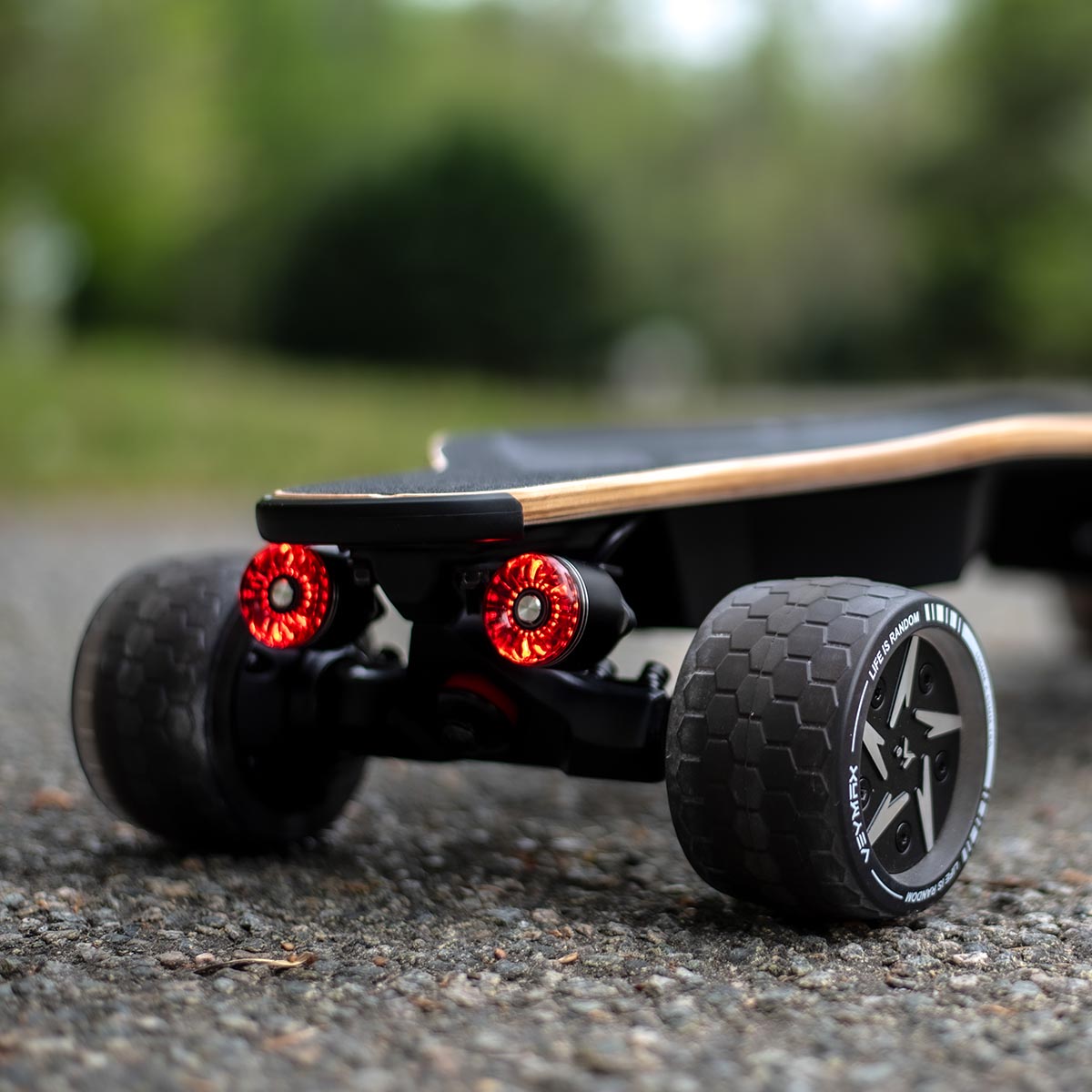
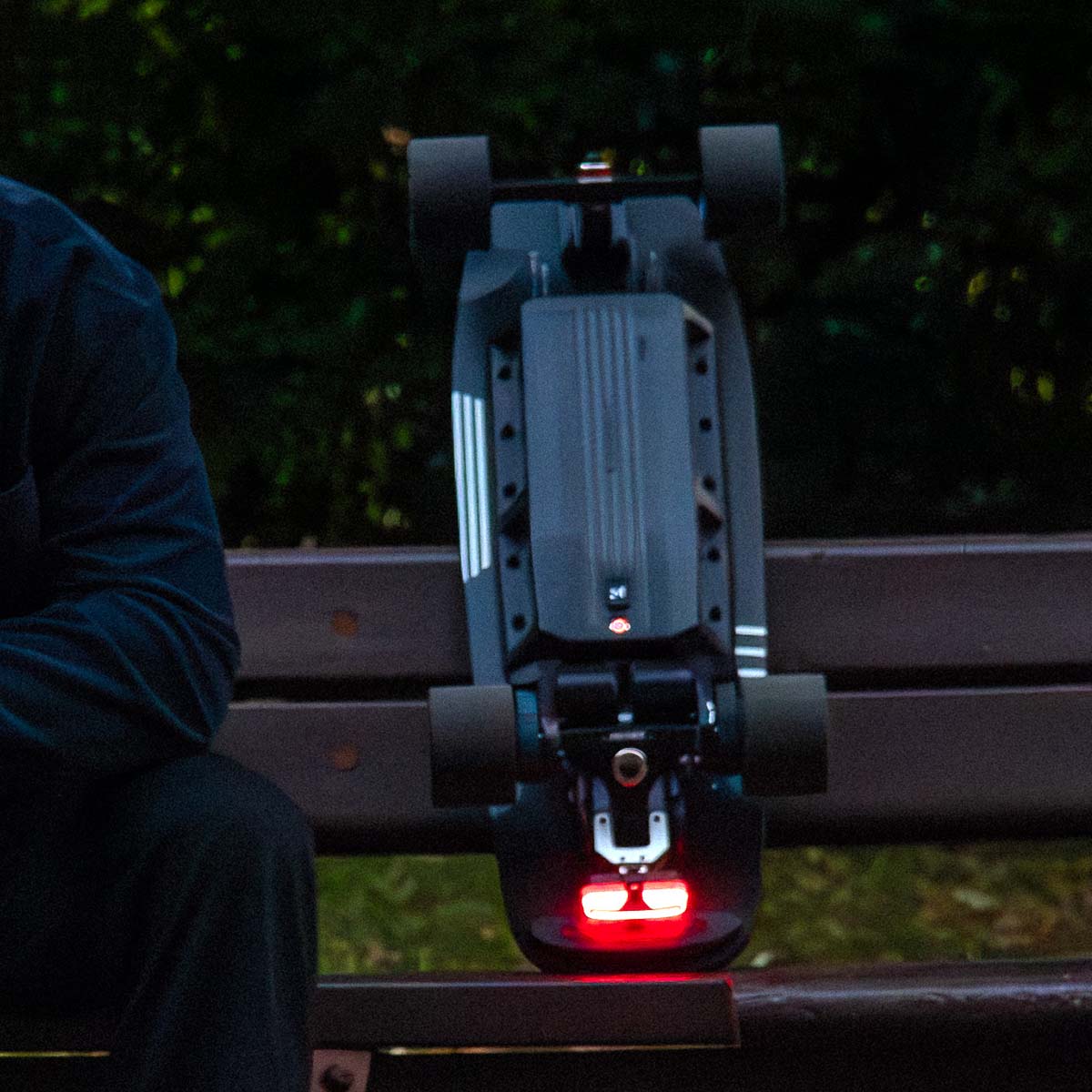
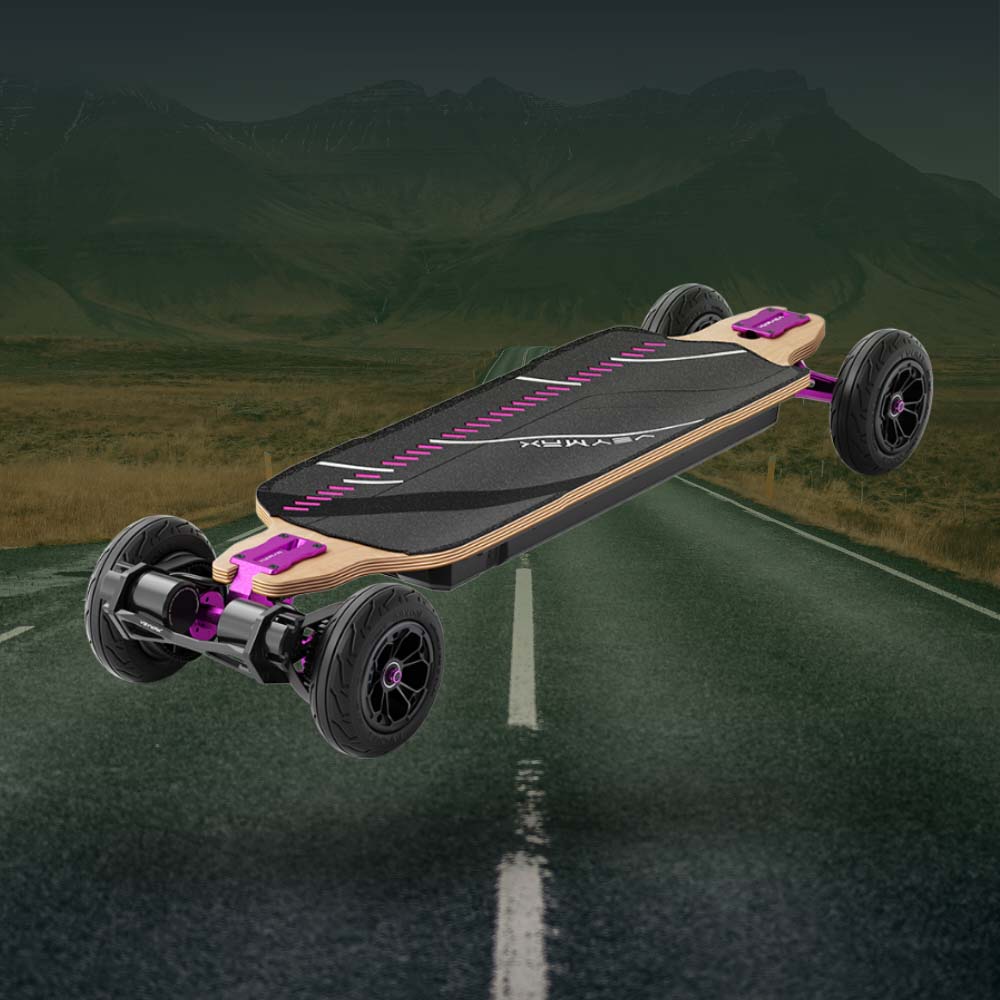
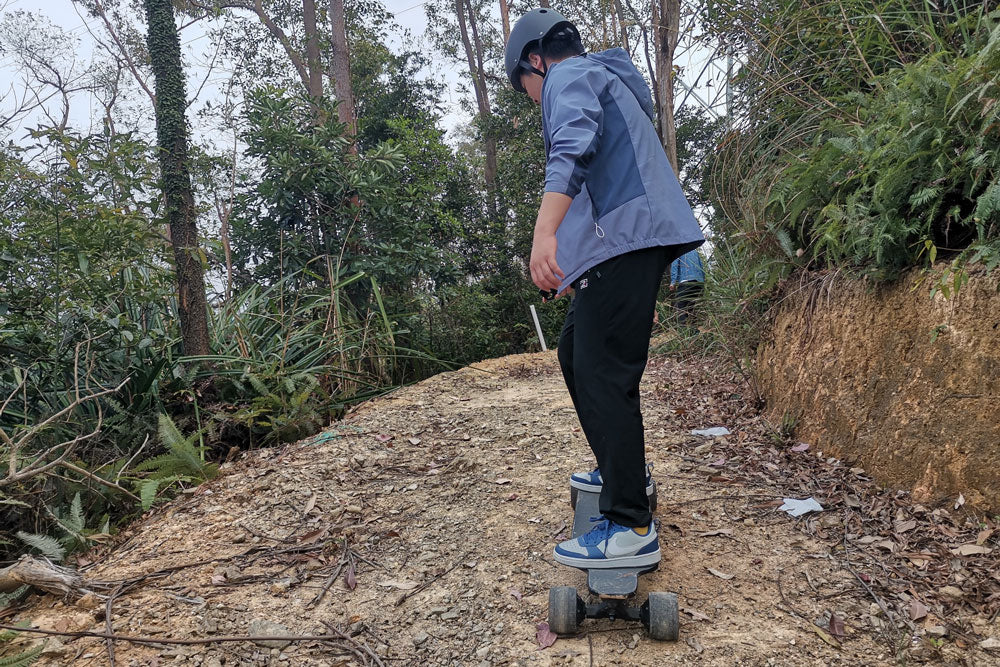
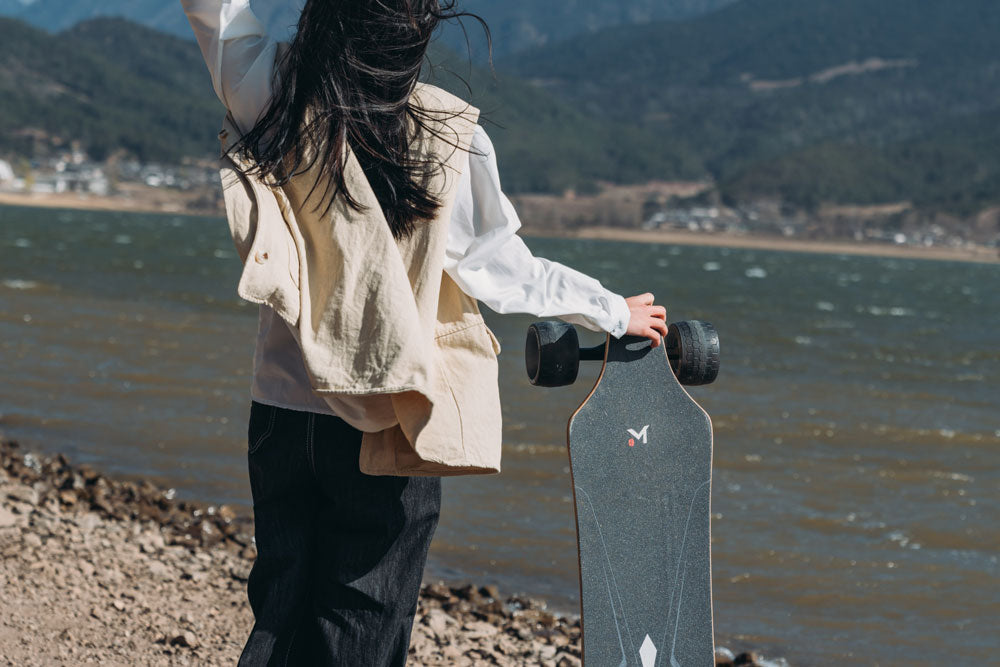
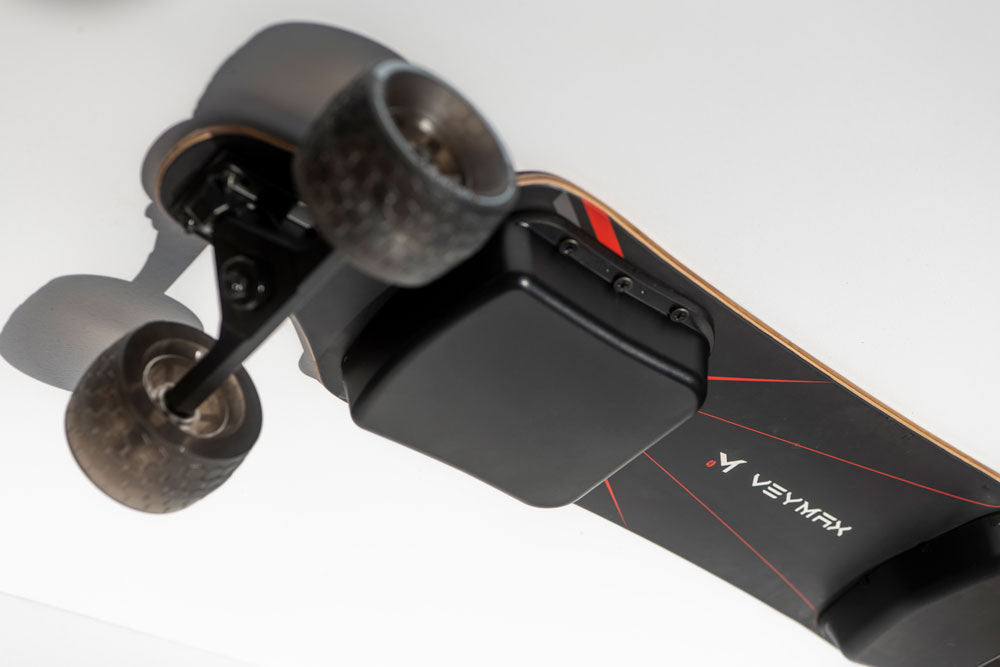
Leave a comment
This site is protected by hCaptcha and the hCaptcha Privacy Policy and Terms of Service apply.